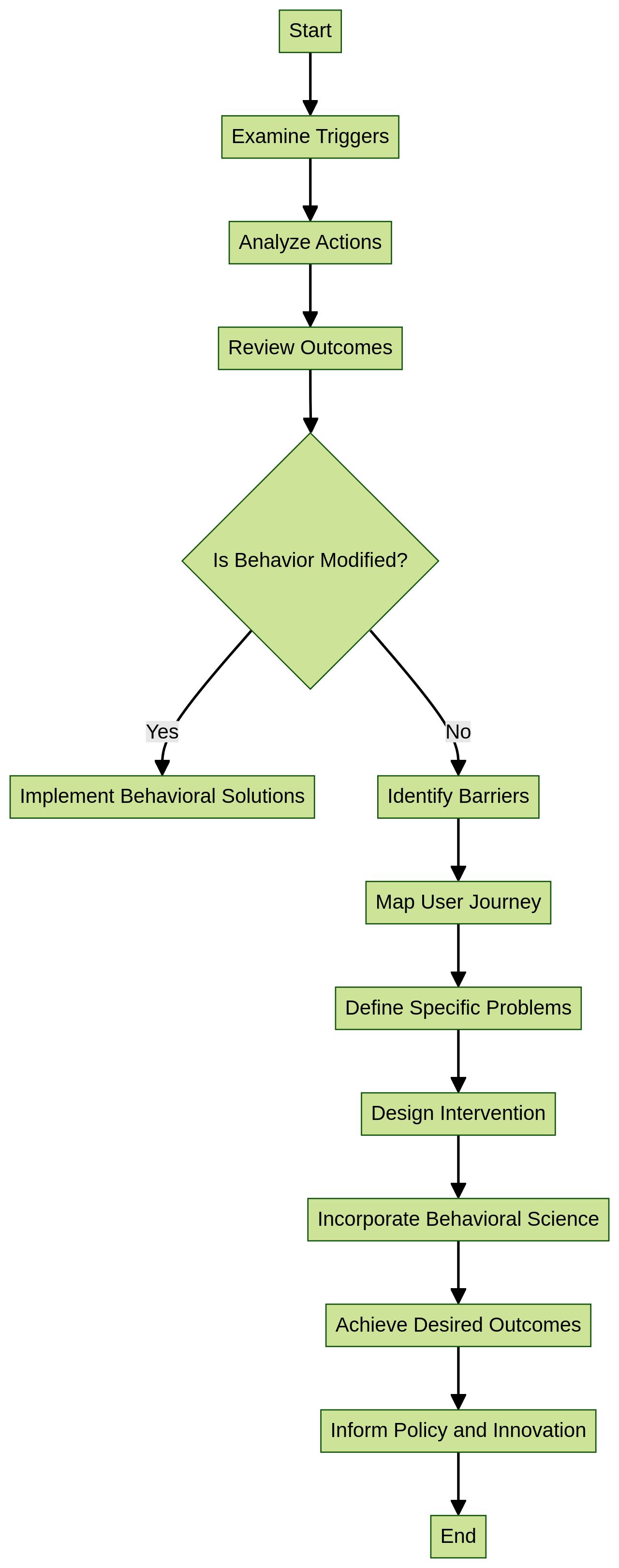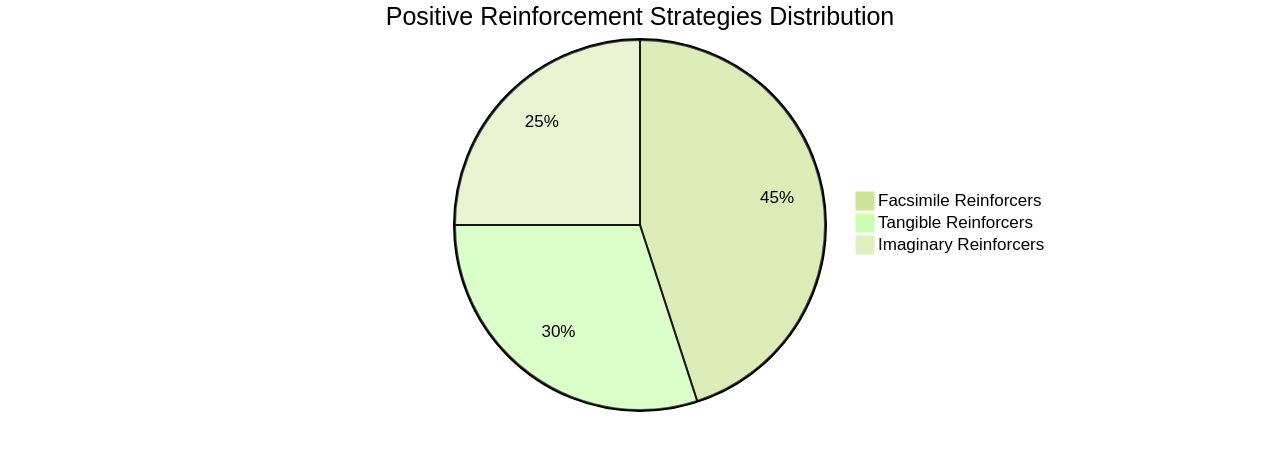Introduction
Behavior Analysis is a scientific field that explores the relationship between behavior and environmental influences. By examining the triggers, actions, and outcomes that shape behavior, analysts can develop tailored strategies for behavior modification.
This article delves into the importance of functional assessment, implementing behavior intervention plans, positive reinforcement, and teaching replacement behaviors. It provides guidance and resources for Parent Advocates to navigate challenges and ensure the well-being of their children.
Understanding Behavior Analysis
At its core, Behavioral Analysis is a scientific field that delves into the intricate relationship between behavior and environmental influences. It's a systematic approach to examining the triggers (antecedents), actions (behaviors), and outcomes (consequences) that collectively shape and reinforce how individuals act. By meticulously dissecting these elements, behavior analysts can craft tailored strategies to modify behavior effectively.
For instance, in Bangkok, office workers were persuaded to sort and recycle waste by transforming recyclables into lottery tickets, with the chance to win enticing prizes like gold or shopping vouchers. This clever use of incentives illustrates the practical application of behavior analysis in real-world scenarios, even as it cautions us about the potential to dampen intrinsic motivation if not carefully managed. Moreover, behavior analysis can be pivotal in understanding and predicting complex behaviors, such as those required for the safe operation of driverless vehicles, by considering human psychological principles and cognitive theories.
With the UK government's vision to pioneer a driverless vehicle industry by 2025, the role of accurate behavioral models becomes crucial. These models, based on detailed behavior analysis, will ensure the safety and reliability of these autonomous systems amidst the unpredictable nature of human behavior on the roads. These examples underscore the essential connection between behavioral science and practical interventions that can lead to significant societal advancements and the importance of a nuanced understanding of behavior to inform policy and innovation.

The Importance of Functional Assessment
Understanding the motivations behind an individual's behavior is essential in Applied Behavior Analysis (ABA), and a functional assessment is a cornerstone of this process. It involves a meticulous review of environmental influences to determine the function a behavior serves.
This analysis is not only about observation but also involves comparing behaviors across different conditions such as tangible, escape, attention, alone, and play. For example, if a child exhibits a particular behavior when access to a favorite toy is denied, a functional assessment might reveal that the behavior serves to regain access to that toy.
This nuanced approach allows behavior analysts to develop interventions that are precisely tailored to the individual's unique context. In practice, a study highlighted by O'Neill et al.
in 2015 utilizes brief functional analyses to refine hypotheses about behaviors, leading to more targeted and effective interventions. By examining specific antecedents and consequences within various conditions, analysts can pinpoint functions of behaviors, enhancing the quality and applicability of the behavior modification strategies. Moreover, social validation plays a role in assessing the impact of these interventions, ensuring that behavioral changes align with socially acceptable standards and reflect meaningful improvements in the individual's life. This methodical and validated approach ensures that behavior analysts can create comprehensive and effective strategies to support individuals with developmental disabilities, leading to significant reductions in problem behavior while promoting desirable outcomes like functional communication and compliance.
Implementing Behavior Intervention Plans
At the heart of Applied Behavior Analysis (ABA) lies the Behavioral Intervention Plan (BIP), a personalized blueprint for teaching new skills and reshaping challenging behaviors. Grounded in a functional assessment, the BIP is tailored to the individual's specific needs, ensuring a more effective approach. This customization is crucial, as evidenced by a study where a participant learned to replace problem behavior with functional communication, tolerate delays, and comply with challenging tasks.
These skills, maintained across various settings, led to the elimination of problem behavior both in-clinic and at home after 8–14 weeks of treatment. However, ABA isn't a one-size-fits-all solution. Recent discussions highlight concerns over the intensive nature of some ABA programs, which can require 30+ hours a week.
This can strain family finances, privacy, and dynamics, and may not always lead to better outcomes. In fact, evidence suggests that in some cases, less intensive intervention may be just as effective. This underscores the importance of a balanced approach that considers the unique circumstances of each family.
Moreover, the field of ABA is calling for improved reporting standards to strengthen the science of behavior change. Detailed descriptions of interventions, process evaluations, and replications across contexts are needed to better understand what works, for whom, and under what conditions. Such transparency can facilitate the application of ABA in public health and beyond, ultimately enhancing the quality and effectiveness of treatments available to those in need.
Positive Reinforcement and Behavior Change
Harnessing the power of positive reinforcement in behavioral analysis is crucial for fostering beneficial behavior changes. By offering a favorable outcome after a specific behavior, the chances of that behavior being repeated increase.
This principle is not just an abstract concept, but one that is grounded in empirical evidence. Research underscores the importance of social validation in assessing the efficacy of behavioral interventions.
Social validation involves comparing the behavior of an individual with that of their peers and seeking subjective evaluations from those in their natural environment. A behavior is considered clinically significant if it aligns with socially accepted norms or is viewed as a qualitative improvement by observers.
For example, a study using a Reinforcement Survey Schedule demonstrated the effectiveness of tangible, facsimile, or imaginary reinforcers in both therapeutic and everyday contexts. The study highlighted the versatility of positive reinforcement across diverse situations, from private practice to institutional research. In contrast to the controversies surrounding aversive methods, which can be seen as punitive and have raised ethical concerns, positive reinforcement strategies are supported by ethical standards and are seen as a compassionate approach to behavior modification. The success of these strategies is also reflected in statistical analyses, which reveal the impact of interventions on stress levels and behavioral persistence, providing a quantitative basis for their effectiveness. Therefore, the strategic application of positive reinforcement, underpinned by ethical considerations and social validation, remains an indispensable tool in the realm of behavioral analysis.

Teaching Replacement Behaviors
Applied Behavior Analysis (ABA) therapy extends beyond merely curtailing negative behaviors; it emphasizes the importance of teaching and reinforcing alternative, more adaptive behaviors. This nuanced approach allows individuals to fulfill their needs constructively, as evidenced by the transformative impact on students like Price and Mira.
In a study conducted in settings free from peer interactions, due to the severity of their behavioral issues, both students demonstrated the potential for improved behaviors when placed in environments conducive to learning and growth. The sessions, carefully tailored to each student's needs, were held in their familiar special education classroom or a separate, safe space, ensuring minimal disruption and optimal learning conditions.
This method aligns with the Inclusive Skill-building Learning Approach, developed by Rhonda Nese's team at the University of Oregon. With a $3.7 million grant from the National Institutes of Health, this innovative strategy is being tested in 60 middle schools to enhance educational access, quality, and social environments.
The approach aims to foster better student-teacher relationships and offers equitable solutions to behavioral challenges, ultimately reducing the need for exclusionary discipline methods. The approach is backed by statistics that highlight the significance of comparing treatment groups to understand the impact of ABA interventions. The findings underscore the necessity of providing a supportive framework for behavior modification, which is also reflected in the high parental approval ratings for such treatments. By integrating ABA strategies with a multidisciplinary approach, severe pediatric feeding disorders have also been successfully treated at the Kennedy Krieger Institute, showcasing the versatility and effectiveness of ABA in various settings. With ABA's evidence-based strategies, educators and parents alike can navigate the complexities of behavior with confidence and compassion.

Conclusion
In conclusion, behavior analysis is a powerful scientific field that explores the relationship between behavior and environmental influences. By understanding the triggers, actions, and outcomes that shape behavior, analysts can develop tailored strategies for behavior modification.
This article empowers Parent Advocates by providing guidance and resources to navigate challenges and ensure their children's well-being. The importance of functional assessment is highlighted, as it helps analysts understand the motivations behind behaviors and develop interventions specific to each individual's context.
Implementing Behavior Intervention Plans (BIPs) based on functional assessments ensures a more effective approach to teaching new skills and reshaping challenging behaviors. Positive reinforcement is emphasized as a crucial tool in fostering beneficial behavior changes.
By offering favorable outcomes after specific behaviors, positive reinforcement increases the likelihood of those behaviors being repeated. It is seen as a compassionate approach supported by ethical standards.
Teaching replacement behaviors is also essential in Applied Behavior Analysis (ABA). By focusing on alternative, more adaptive behaviors, individuals can fulfill their needs constructively. ABA strategies integrated with a multidisciplinary approach showcase the versatility and effectiveness of this therapy in various settings. Overall, this article provides Parent Advocates with valuable insights into behavior analysis. By understanding functional assessment, implementing Behavior Intervention Plans, utilizing positive reinforcement, and teaching replacement behaviors, Parent Advocates can navigate challenges confidently and promote positive behavior change for their children's well-being.




